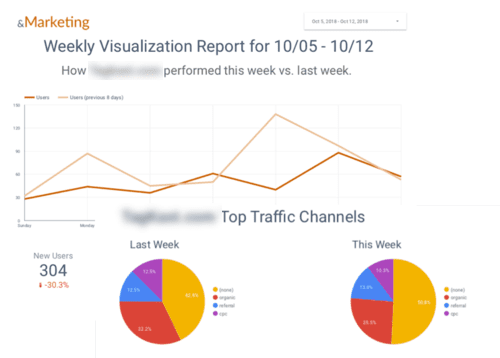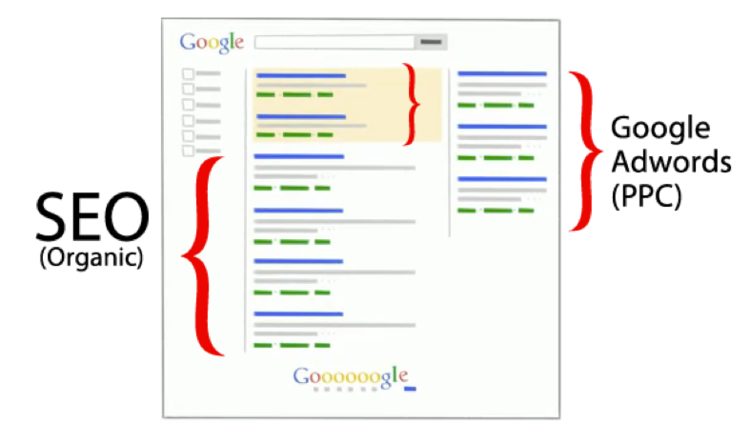
Leveraging Marketing Tech to Streamline Your Marketing Just Got Easier – With &Marketing U
Leveraging Marketing Tech to Streamline Your Marketing Just Got Easier – With &Marketing U

Written By
As you grow your business, it’s likely one thing has become clear — you need a strong digital presence and marketing strategy that works for you and doesn’t take a ton of time and energy away from you. After all, you need to be able to focus on what you’re good at.
On the surface, having an online presence and a process for attracting and converting new customers might seem simple. But when you dig a little deeper, the overwhelm sets in and you start asking yourself…
- What’s the difference between a web host and a website builder?
- What’s a CRM?
- How do I keep track of all of my leads?
- How can I make emailing everyone on my list easier?
- Is there an easier way to follow up with people who are interested in my offer?
Whether you have a website you love and are looking to up your game in other areas of tech, or you just started going digital and have no idea where to begin, be on the lookout for these traps that are easy to fall into.
- Choosing the wrong website platform.It’s hard to tell the difference between them all, but depending on what your business goals are and how you plan on using your company’s website, a wrong decision here can make everything else much harder.
- Not implementing a CRM when you need it.A CRM, or Customer Relationship Management software, makes building and nurturing relationships with your ideal audience easier. You might think you don’t need one if you’re a small shop, but if you don’t put this in place before your leads get hard to manage, you’re in for trouble.
- Not automating some of your emails.You might think you can keep up with your standard newsletter, welcoming new people to your list, follow-ups for form fill outs, etc. without automating anything because it feels less personal. But there’s a way to set it up so that it feels authentic and allows you to stay connected with people without those emails getting lost in your to-do list.
- Leaving other helpful tools on the table. High converting landing pages, call tracking software, web form integration tools — all of these might sound foreign to you, but if you write them off before you understand them you’re bound to regret it later.
If this all sounds familiar, don’t worry. You’re not alone. The good news is that with the right education and setup, you can:
- Select the website builder that’s best for your business. No more wondering if you should have chosen WordPress over Squarespace.
- Understand if you need a CRM and what you need it to do.There are standalone systems and platforms, these aren’t one-size fits all softwares and we can show you how to make the right decision for you.
- Set up email automation that feels authentic and makes your lead nurturing easier. All email service providers (ESPs) are not created equally, and you don’t always need all the bells and whistles.
- Feel confident you’re leveraging all the tech available to help you grow your business.From CallRail to Zapier, be informed enough to know if you need it.
Sound like something you’d like to implement? Our &Marketing U team is ready to show you how.
About &Marketing
In today’s fast paced world, many growing businesses are struggling to modernize their marketing approaches because either they don’t have the expertise or the bandwidth to do it themselves.
&Marketing provides seasoned marketing strategy professionals and a nimble execution team to help our clients achieve their goals. Our unique partnership model allows us to augment our client’s existing teams or outsource the entire marketing function in an affordable, flexible, and transparent way.











Recent Comments